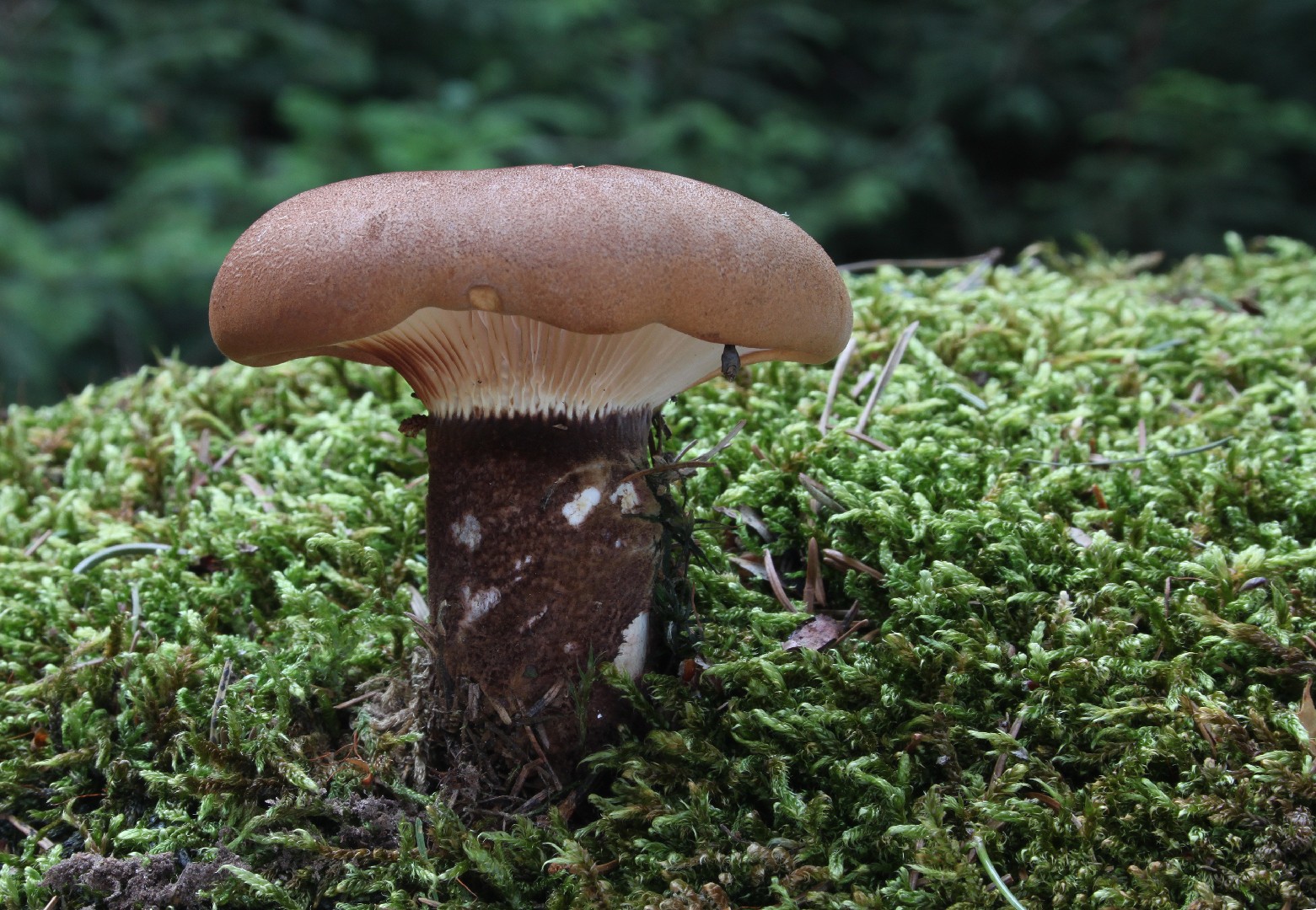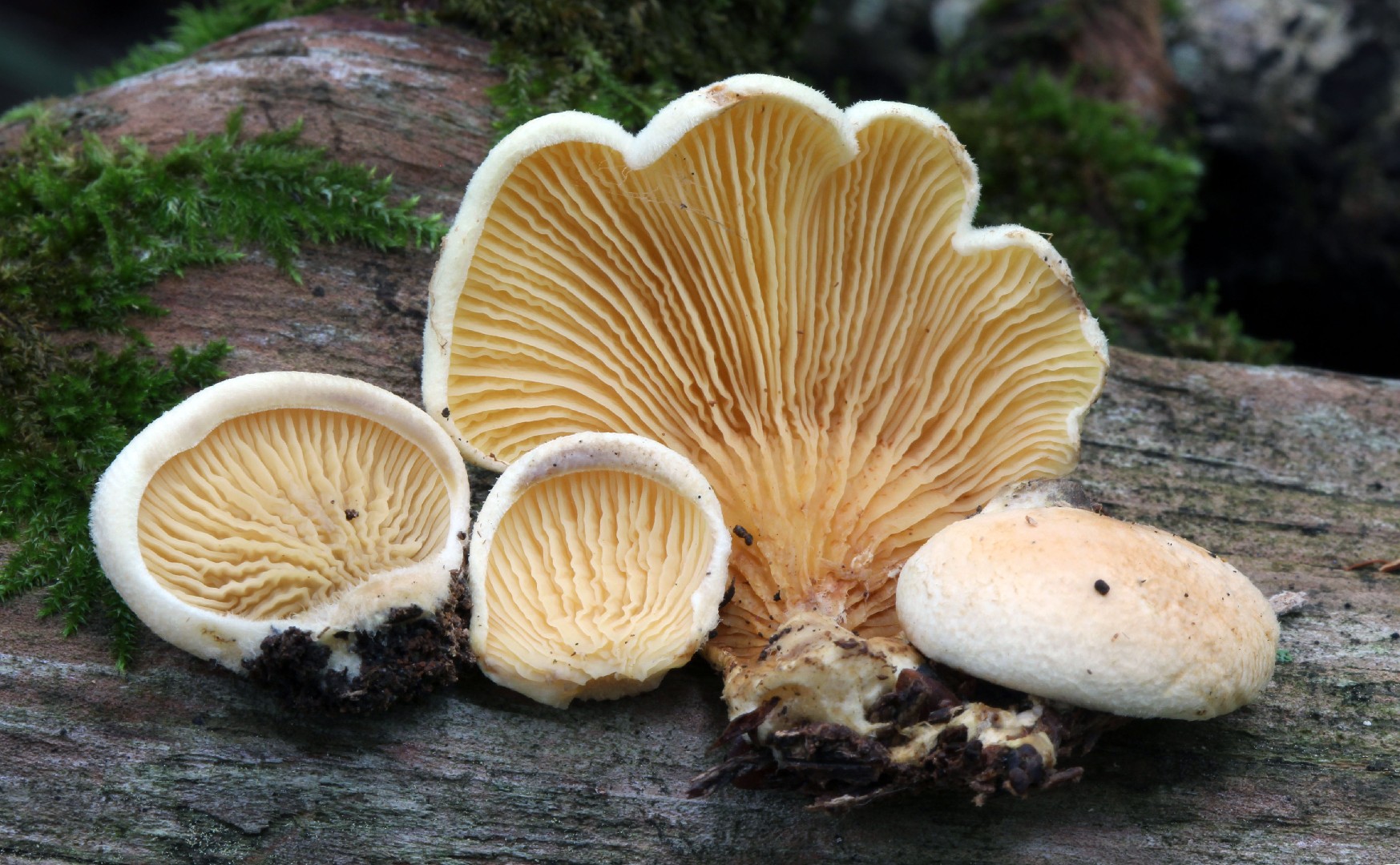Tapinella
Scientific name: Tapinella
Tapinella
Scientific name: Tapinella
 Photo By Holger Krisp , used under CC-BY-3.0 /Cropped and compressed from original
Photo By Holger Krisp , used under CC-BY-3.0 /Cropped and compressed from original Description
Tapinella are fungi known for their unique fan or shell-shaped caps, often found growing on decaying wood. They typically have thick, soft flesh and can exhibit a range of colors, including shades of yellow and brown. Some species within this group are known for their distinct spore prints, which can be a striking yellowish brown. These fungi thrive in various environments, particularly in temperate forests, where they play an important role in breaking down dead organic matter.
Species of Tapinella
Scientific Classification
Phylum
Club fungi Class
Mushroom-forming fungi Order
Boletes and allies Family
Tapinellaceae Genus
Tapinella 